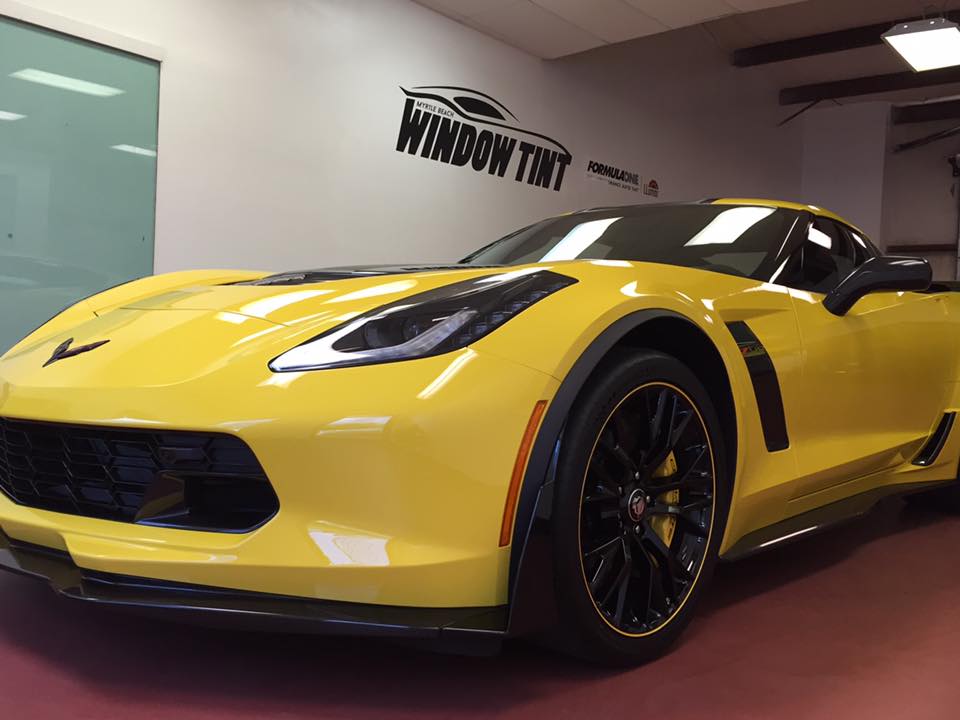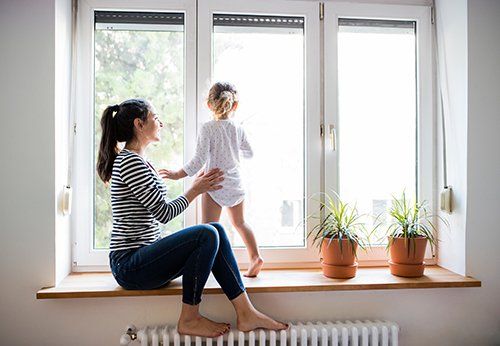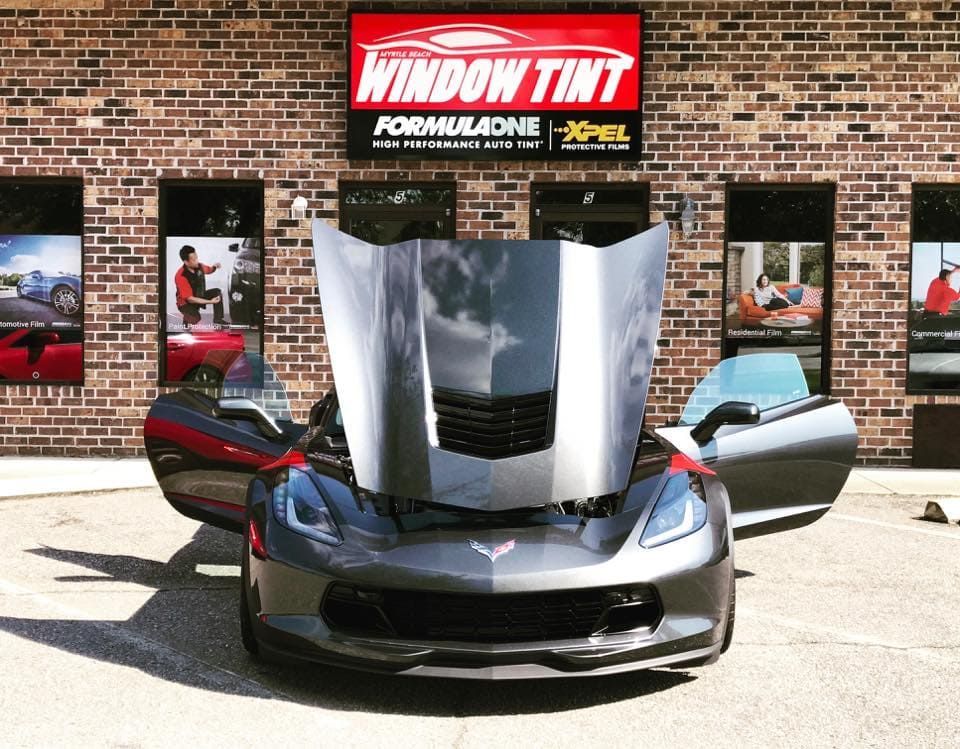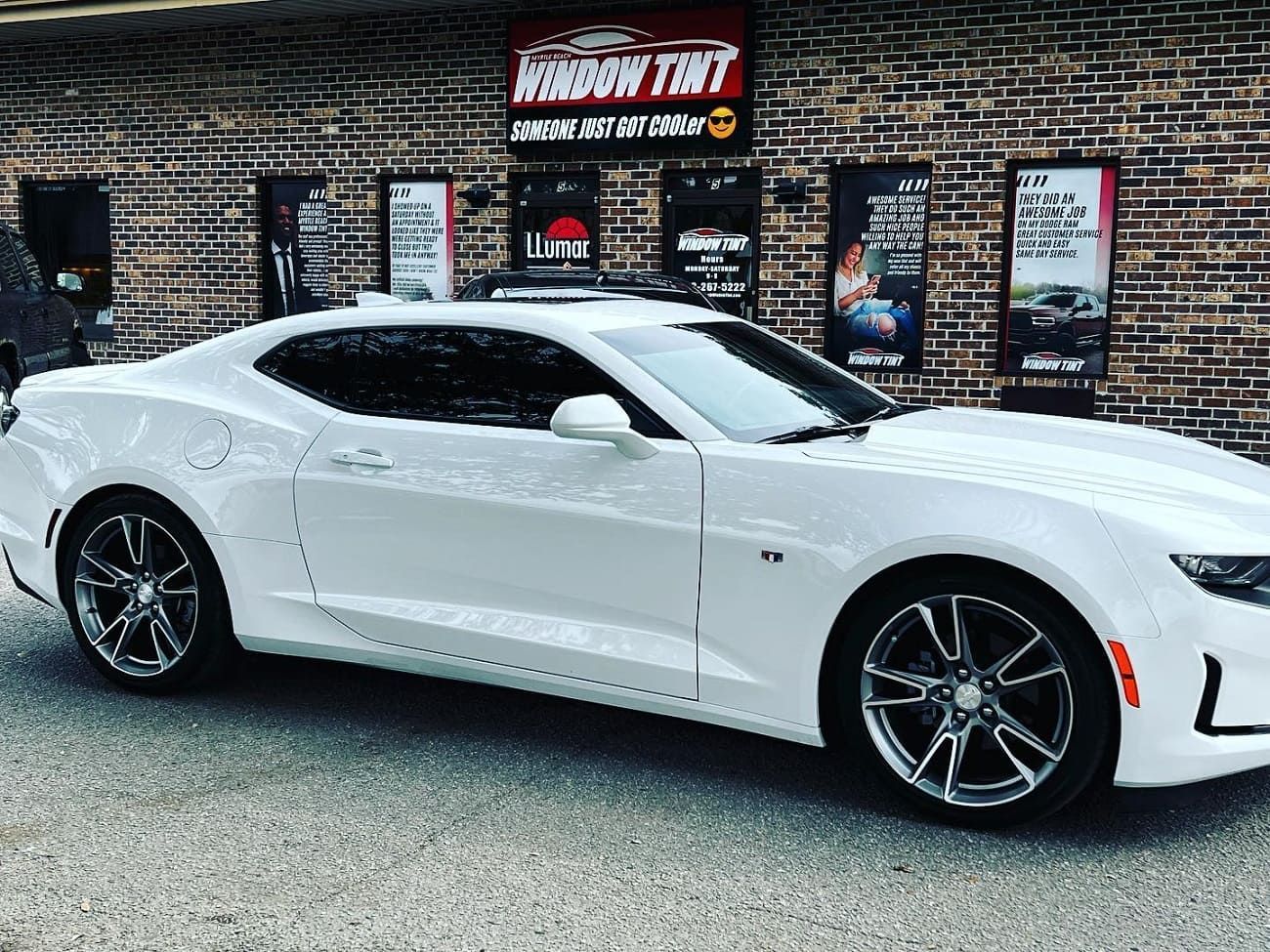South Carolina Window Tinting Laws
Car window tinting laws in South Carolina were enacted in 1992.
We have provided all the necessary information about your car’s window tint, including how dark or reflective the tint is allowed in your state.
There are also additional car window tinting rules and regulations in South Carolina so make sure you read all about it below.
Window tint darkness in South Carolina
The percent of visible light allowed through your car windows is called VLT: Visible Light Transmission.
The percentage of light allowed through your film and glass in South Carolina is very specific and different for sedan cars and SUV cars or vans.
Tint darkness for sedans:
- Windshield: Non-reflective tint is allowed above the manufacturer’s AS-1 line.
- Front Side windows: Must allow more than 27% of light in.
- Back Side windows: Must allow more than 27% of light in.
- Rear Window: Must allow more than 27% of light in.
Tint darkness for SUV and vans:
- Windshield: Non-reflective tint is allowed above the manufacturer’s AS-1 line.
- Front Side windows: Must allow more than 27% of light in.
- Back Side windows: Any darkness can be applied several (unspecified) inches from the top of the window.
- Rear Window: Any darkness can be used.
Window tint reflection in South Carolina
Window tint can reflect incoming light and reduce glare and heat.
South Carolina window tint law permits a certain window reflection when using a tint so make sure you pay attention to this as well.
Tint reflection for sedans:
- Front Side windows: Must be non reflective, state law is not specific about what this means.
- Back Side windows: Must be non reflective, state law is not specific about what this means.
Tint reflection for SUV and vans:
- Front Side windows: Must be non reflective, state law is not specific about what this means.
- Back Side windows: Must be non reflective, state law is not specific about what this means.
Other South Carolina window tint rules and regulations:
South Carolina does have several other important laws, rules and regulations pertaining to window tinting. They include the following:
- Side Mirrors: Dual side mirrors are required if back window is tinted.
- Restricted Colors: Tint colors red, amber and yellow are not permitted by law.
- Certificates: Film manufacturers need to certify the film they sell in South Carolina. Check with your dealer if they are using certified film.
- Stickers: The sticker to identify legal tinting is required between the film & glass on each tinted window.
- Medical Exceptions: South Carolina allows medical exemptions for special tint. For more details about the specific terms of the exemption, consult your state law.
- Penalties: Misdemeanor with minimum $200 fine or 30 days in prison for each offense.
Keep in mind that South Carolina tinting laws and regulations may be interpreted differently in your county or place of residence.
We always recommend double-checking our information with your local DMV or law enforcement authorities.
Our information about window tint laws in South Carolina was last updated in 2024.
Tinting laws in South Carolina were enacted in 1992.
In case any of our info provided is not up to date or correct be sure to contact us so we can fix it. Thanks!
Trusted industry leader in providing accurate window tint laws. Share with confidence:
What is the darkest legal tint in South Carolina?
In South Carolina, the darkest legal tint allowed for vehicles is governed by specific regulations to ensure driver safety and visibility. For the front side windows, the law requires a minimum of 27% visible light transmission (VLT), meaning that at least 27% of light must be able to pass through the window. The rear side windows and the back windshield can have a darker tint, also allowing a minimum VLT of 27%. These consistent regulations across all side and rear windows ensure a balance between privacy, protection from the sun's harmful rays, and maintaining adequate visibility for safe driving. The windshield in South Carolina may only have a non-reflective tint on the top six inches, preventing obstruction of the driver’s view. Compliance with these legal limits helps drivers avoid fines and ensures safer driving conditions while enjoying the benefits of tinted windows.
Benefits of Legal Window Tinting in South Carolina
Legal window tinting in South Carolina offers several advantages while ensuring compliance with state laws. One of the primary benefits is the reduction of heat inside the vehicle, which is particularly valuable in South Carolina's hot and humid climate. This makes driving more comfortable and reduces the need for air conditioning, potentially improving fuel efficiency. Legal tinting also provides protection from harmful UV rays, which can prevent the interior upholstery from fading and cracking over time. Additionally, it enhances privacy and security by making it more difficult for potential thieves to see inside the vehicle. Another significant advantage is the reduction of glare from the sun and headlights, which improves visibility and safety while driving. By adhering to South Carolina's tint laws, vehicle owners can enjoy these benefits without the risk of fines or penalties, ensuring a safer and more comfortable driving experience.
Consequences of Illegal Tint
Going beyond the legal limits can lead to fines, inspection issues, and reduced visibility, so it's best to stay compliant.
Conclusion
In South Carolina, adhering to the legal window tint limits ensures both your safety and compliance with the law. By staying within the regulations, you can enjoy the advantages of window tint while avoiding fines and potential road hazards. So, when considering window tint for your vehicle, remember to keep it legal and make the road a safer place for everyone.
MYRTLE BEACH WINDOW TINT604 Seaboard Street, Suite 5Myrtle Beach SC 29577(843) 267-5222
All Rights Reserved | Myrtle Beach Window Tint



